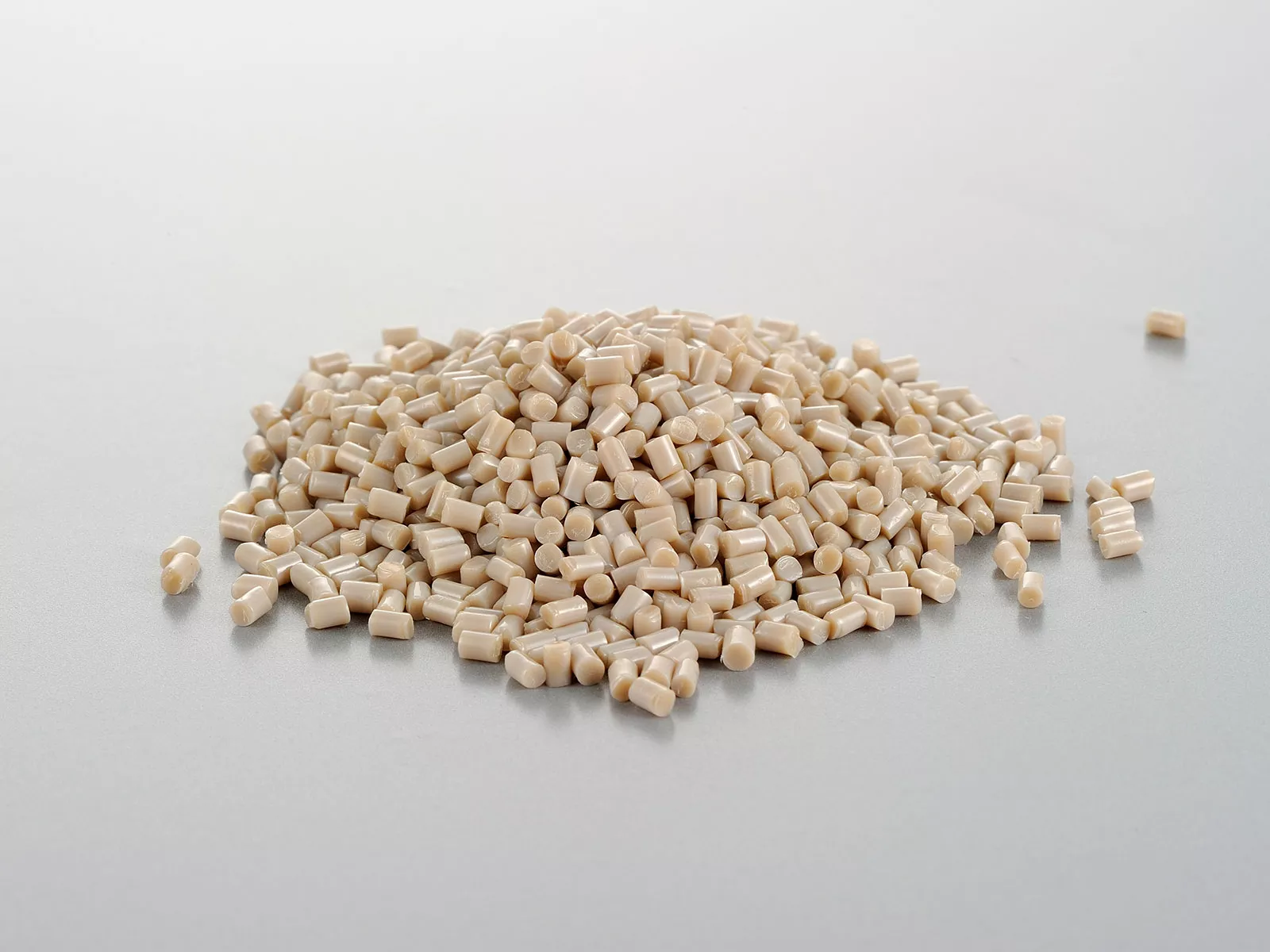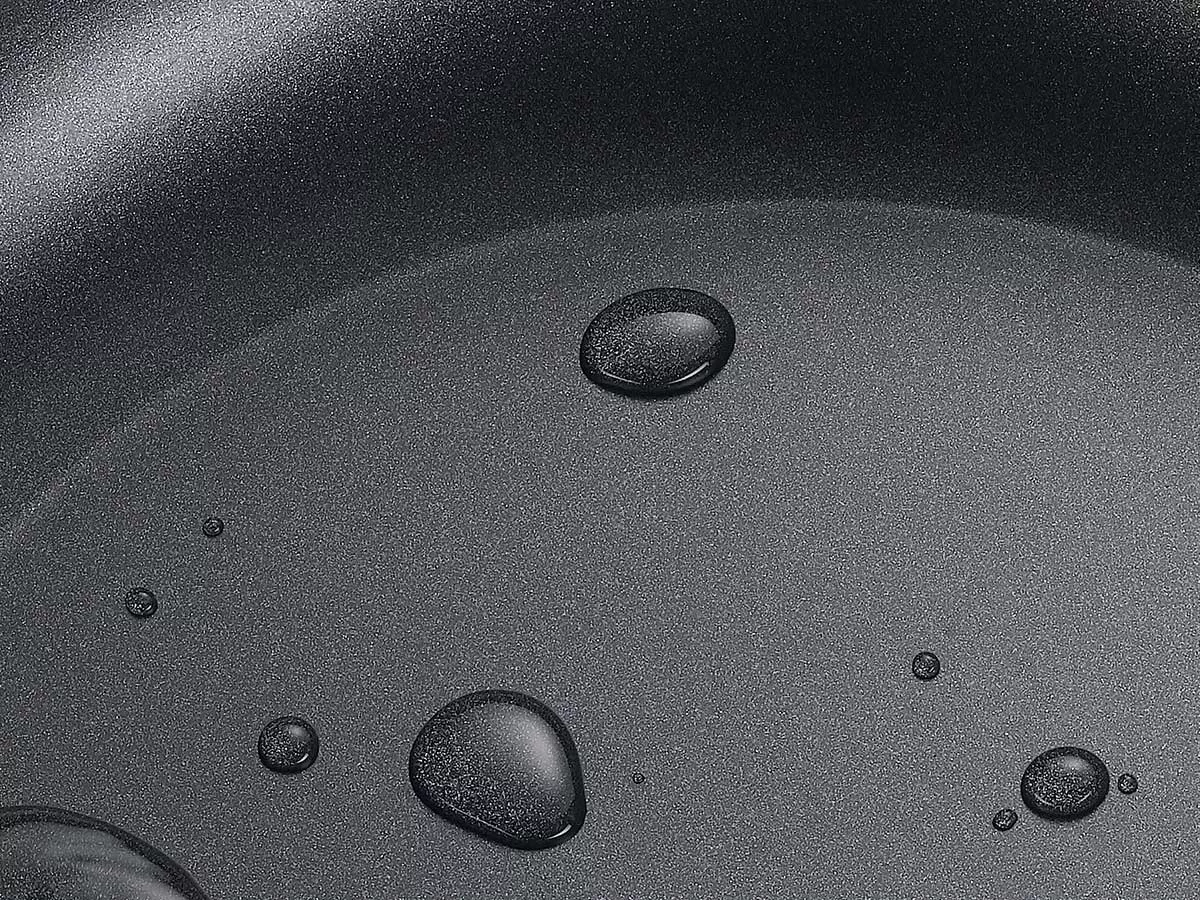Non-stick cookware has become a staple in most kitchens today. This type of cookware is coated with a material such as polytetrafluoroethylene (PTFE) or ceramic that prevents food from sticking to the pan. Non-stick cookware offers a variety of benefits and with the convenience offered by non-stick, it’s no wonder so many home cooks rely on it for everyday cooking tasks. Follow the tips in this guide to get the most out of your non-stick cookware.
Proper Cleaning
One of the most important things you can do to maintain your non-stick cookware is to clean it properly after each use. Non-stick coatings can be damaged by harsh scrubbing or abrasive cleaners, so it’s best to handwash gently.
- Handwashing is recommended over dishwashing for non-stick pans. Use a soft sponge or cloth with warm, soapy water. Avoid scouring pads or brushes that could scratch the surface.
- If you do wash your non-stick pan in the dishwasher, place it carefully on the top rack only. The high heat and harsh detergents in dishwashers can deteriorate non-stick over time. Handwashing is the safest bet.
- Make sure to rinse soap residue thoroughly after washing, as leftover detergent can break down non-stick material.
- Dry your non-stick pan completely with a soft towel. Avoid letting it air dry, as standing water droplets can damage the coating.
The key is to be gentle. Let hot water and mild soap do most of the work. Scrubbing too vigorously can slowly strip away the non-stick layer over time.
Avoid Metal Utensils
One of the most important tips for caring for non-stick cookware is to avoid using metal utensils when cooking or serving. Metal utensils like forks, spoons, spatulas, and tongs can easily scratch the non-stick coating, damaging its non-stick properties.
Instead, use utensils made from wood, plastic, silicone, or other soft materials. Wooden spoons and spatulas are ideal for stirring and serving. Silicone utensils are also great since they’re heat-resistant. Plastic works too, just make sure it’s heat-safe at the temperatures you’ll be cooking. The softer materials won’t scrape off the non-stick coating like metal can.
By keeping metal utensils out of your non-stick pans, you’ll prevent scratches and keep the non-stick performance intact for longer. This simple habit can significantly extend the lifespan of your non-stick cookware.
Don’t Overheat
When cooking with non-stick pans, it’s important to use lower heat settings. High heat can damage the non-stick coating over time. Most non-stick cookware is designed for medium or medium-low heat.
Turn the heat down if you notice any of the following signs that the pan is overheating:
- Oil is starting to smoke
- Food is burning or browning too quickly
- Pan bottom is turning brown or black
The non-stick coating can begin deteriorating at temperatures over 500°F. At high temperatures, the non-stick surface can bubble, peel, or emit fumes.
To avoid overheating, preheat non-stick pans at a lower heat first before adding oil or food. Don’t leave non-stick pans empty over high heat. When cooking over a burner, adjust the flame so it doesn’t extend up the sides of the pan.
Following the manufacturer’s recommended heating guidelines will help prevent damage to the non-stick coating. Using the right heat settings will keep food from burning and allow the non-stick surface to work effectively.
Cool Properly
One of the most common ways nonstick cookware gets damaged is from thermal shock. This occurs when the pan goes from hot to cold too quickly. The abrupt change in temperature can cause the nonstick coating to crack or peel away from the pan.
To avoid thermal shock, it’s important to let your nonstick pans cool gradually before washing. Don’t put a hot pan under cold running water or submerge it in a sink full of water. The temperature change is too drastic.
Instead, let the pan cool to room temperature before rinsing or washing it. You can speed up the cooling process by placing the hot pan on a heat-safe trivet or pot holder. Just don’t put it directly on a cold surface like granite or metal.
Letting your pan cool slowly helps preserve the nonstick coating and prevents warping of the pan itself. Quick temperature changes put too much stress on the materials. Follow this simple cool-down method every time you use your nonstick cookware. Taking a little extra time will help your pans last much longer.
Store Carefully
Proper storage is key to keeping your non-stick cookware in good condition. Avoid stacking pots and pans directly on top of each other, as this can lead to scratches and chips in the non-stick coating over time. Instead, place a sheet of wax paper, parchment paper, or a pan protector between each item when stacking.
You can also hang pots and pans on a wall rack or pot rack to avoid scratching. Just be sure not to hang anything too heavy that could bend the cookware. Store lids separately instead of placing them on top of pans, which can warp their shape.
When putting cookware away in cabinets, add cushioning with towels or pan protectors to prevent banging around that damages the coating. Try to store pans with the non-stick side facing up to minimize contact. Proper storage helps non-stick cookware glide smoothly and last longer.
Avoid Abrasive Cleaners
Non-stick cookware has a coating that can be easily damaged by harsh cleaners. Avoid using abrasive scouring pads, powders, or any cleaners containing bleach or ammonia. These can scratch the surface and cause the non-stick coating to deteriorate over time.
Instead, wash non-stick pans by hand using a soft sponge or cloth with a small amount of mild dish soap and warm water. The soap helps cut through oil and grease, while the soft sponge protects the coating. Rinse thoroughly and avoid scrubbing too hard. For stubborn stuck-on food, fill the pan with warm soapy water and let it soak before gently wiping away.
Using gentle cleaners is the best way to keep non-stick cookware looking like new for as long as possible. The milder the cleaner, the longer the non-stick finish will last.
Replace When Damaged
Non-stick cookware does degrade over time with regular use. Check your pans and pots periodically for signs they need replacing. Look for scratches, chips, flakes, and peeling in the non-stick surface. Even if you care for them properly, non-stick coatings do wear out eventually.
Small surface scratches are usually OK if the coating is still intact. But deep scratches and peeling mean the non-stick properties are breaking down. At this point, food will start sticking more easily. Burnt-on food debris will accelerate the deterioration.
As soon as you notice the non-stick performance decline, it’s time to retire the cookware. Using damaged non-stick pans also poses a potential health concern, as ingesting flakes of the coating is not advised.
Don’t wait for a pan to become fully useless before replacing. Shop for a new non-stick set when your old ones show signs of serious wear. This will maintain good cooking performance.
Types of Non-Stick Coatings
Non-stick cookware comes in a variety of different coatings, each with their own properties and advantages. Here are some of the most common:
Teflon
Teflon is the brand name for polytetrafluoroethylene (PTFE), which was invented by DuPont in the 1930s. It became popular in the 1960s when non-stick pans using Teflon hit the consumer market. Teflon has a low coefficient of friction, making it ideal for non-stick purposes. It also has high heat resistance. The main downside of Teflon is that it can degrade at temperatures above 500°F, releasing toxic fumes.
Ceramic
Ceramic non-stick coatings are made from sand and inorganic compounds that are blended and sprayed onto cookware. Ceramic coatings are free of PTFE and PFOA. They hold up well to high heat, even better than Teflon. Ceramic can last a long time if cared for properly. The coating is scratch-resistant but still requires some gentle care.
Silicone
Silicone is a synthetic rubber made from silicon, oxygen, and other elements. Silicone has a high heat resistance and a low coefficient of friction, making it a good material for non-stick purposes. Silicone non-stick coatings need to be applied to another surface. It provides an alternative to Teflon-based coatings. Silicone is considered environmentally friendly and safe.
Stone Derived Coatings
Some newer non-stick coatings are derived from crushed rocks or sand. These provide an eco-friendly and natural alternative to synthetic coatings. Brand names for these include Greblon and Granitestone. Performance is said to be comparable to other non-sticks. Time will tell if these hold up as well in the long run.
Conclusion
In summary, taking proper care of your non-stick cookware can significantly extend its lifespan. The key tips include:
- Clean with soft sponges and avoid abrasive scouring pads or powders that can damage the coating.
- Avoid using metal utensils and opt for wood, plastic or silicone instead. Metal can scratch the surface.
- Don’t let pans overheat empty, as this can cause the coating to deteriorate.
- Allow pans to cool before washing to prevent warping.
- Store cookware carefully without stacking or crowding to prevent scratching.
- Skip chemical or bleach-based cleaners and stick to mild dish soap and water.
- Replace pans once the coating shows signs of damage like flaking or peeling.
- Choose quality non-stick coatings like ceramic or anodized aluminum for better durability.
Following this simple care advice will help your non-stick pans last longer, saving you money and frustration. With the right maintenance, you can keep them looking like new for years of cooking enjoyment.
Pfluon is a primary manufacturer of non stick coatings, and we can customize the coatings for your cookware based on your brands! Contact us today for details!





